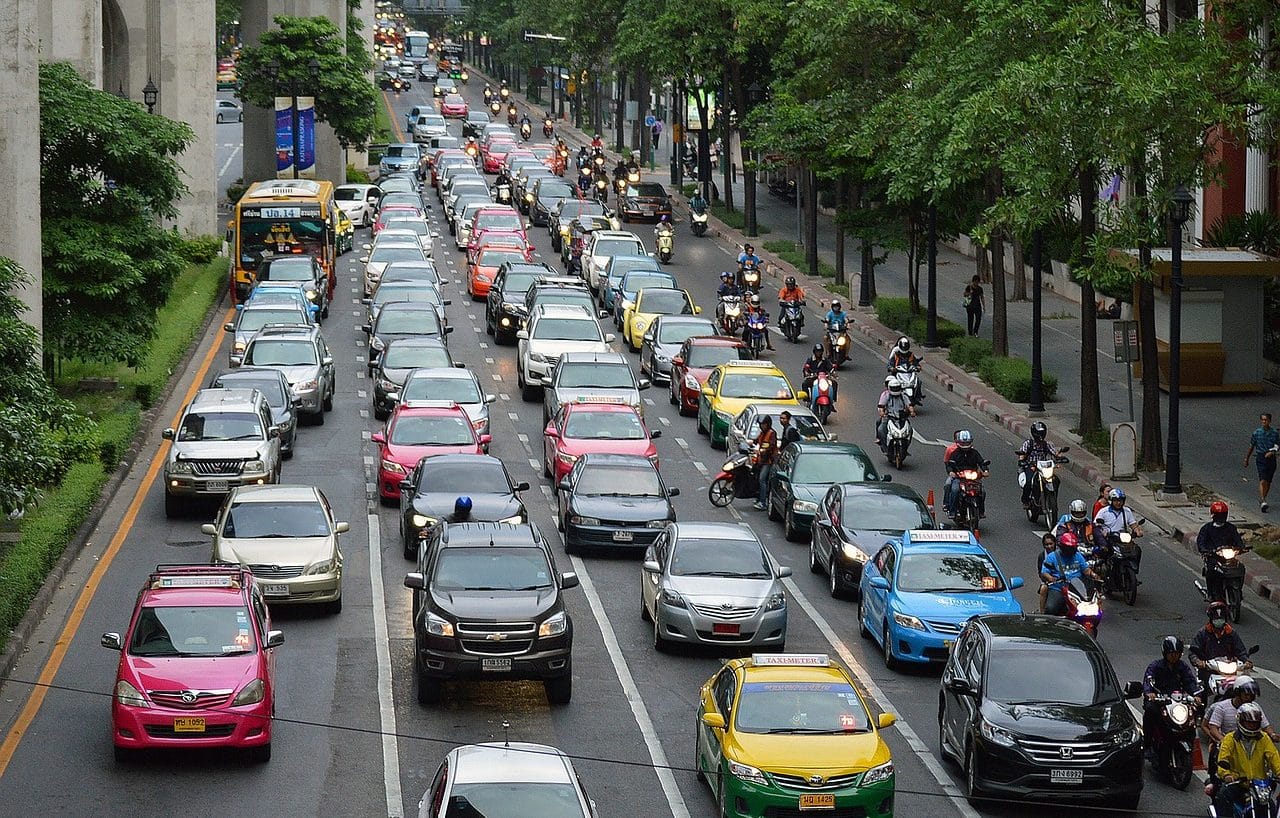
Urban mobility is essential to guarantee the fulfillment of rights, extend essential services to the entire community and facilitate people's movements.
Urban mobility is an expression that encompasses transportation systems, works linked to circulation and the travel alternatives that exist within a city.
From daily life it is clear that the movement of people and/or goods is incessant in large cities. That is why it is essential that there be successful urban planning (also defined as urban planning ), an infrastructure according to the needs and growth of each community, as well as plans and policies that are aimed at guaranteeing both road education and road safety .
It is also necessary for the world to move towards a healthier, more respectful, pleasant and beneficial reality that offers the best possible quality of life without neglecting the importance of caring for nature. Transforming cities under the criteria of urban sustainability constitutes one of the ambitious challenges that must be overcome to achieve places that, despite having a considerable population density, are efficient, comfortable, safe and environmentally friendly when visiting them.
Types of urban mobility
When investigating what urban mobility is like in different corners of the planet and what are the categories that nourish it, two large segments appear: that of motorized resources and that which encompasses non-motorized transport options.
Regarding this last set, it is interesting to refer to the so-called active mobility , a modality that describes the transportation system that is made possible through the physical activity of human beings. By bicycle, walking, running, skating or even rowing, people and products can be transported.
In recent years, the idea of sustainable mobility has also been gaining notoriety. Thus, the acquisition and use of electric vehicles and the use of low-consumption vehicles are being encouraged in different countries. Trips made in shared vehicles , walks and bicycle tours are other alternatives that are recommended to reduce the carbon footprint and, in this way, achieve a significant reduction in pollution .
When listing the options that citizens have available to travel, it is inevitable to highlight the coexistence between private transportation (private cars), public transportation (buses, subways, trains, trams) and transportation that, at the moment, is not so common given that its use is not so widespread (shared electric scooters, hybrid vehicles).

Public transportation includes trains, subways and city buses, among others.
Main problems
The main problems associated with urban mobility are summarized in high rates of environmental pollution recorded in numerous cities, vehicular chaos at certain times, a large number of traffic accidents, insecurity on public roads for pedestrians and/or drivers and lack (or number insufficient) of means, services, environments or structures that allow universal accessibility .
When the streets are saturated with vehicles , for example, it takes longer than usual to get from one destination point to another and it is usually difficult for pedestrians to get from one sidewalk to another. Vehicle congestion (or traffic jams ) is also stressful, leads to wasted fuel, wear out vehicles and is a major source of pollution . Within the framework of these extensive waits to advance in sections, it is common, unfortunately, for violent scenes to occur (due to bad maneuvers, impatience, anger, etc.) to accidents or criminal acts.
Individuals with disabilities, on the other hand, suffer from multiple impediments and complications when traveling or moving through public spaces since there is still no authentic inclusion on a global scale. Unfortunately, not all public transport or all urban environments are, today, accessible to the entire population.

Vehicular congestion causes the collapse of certain streets and avenues, a chaotic framework that causes delays in circulation, among other consequences.
Urban mobility pyramid
In order to stimulate and establish sustainable urban mobility, an ideal organization model has been designed that marks, in a graph that looks like an inverted pyramid with steps, what the travel or transportation priorities should be to guarantee sustainability .
On the upper level, the widest of all, pedestrians are located. Going on foot would have to be the most chosen modality given that it is not polluting and benefits health through physical exercise.
Below them are the users of cycle paths or bike paths , that is, those who prefer to travel by bicycle . This means of transportation, in addition to stimulating physical exercise, is economical and environmentally sustainable .
Cyclists are followed by the space reserved for public transport . When many people travel simultaneously in the same vehicle, less space is taken up on the streets and polluting emissions are lower compared to the percentages that arise if each person drives their own car individually.
The pyramid then includes the step of transportation of merchandise ( goods and services ). At this point, the need to regulate and limit the times and places for loading and unloading is highlighted in order not to hinder or hinder vehicular traffic in certain zones and time slots.
The two remaining lower levels are completed, on the one hand, by shared private vehicles (the essence of the practice called carpooling ) and, on the other, by motor transport for individual and private use (which, preferably, should be vehicles) . low fuel consumption ).
